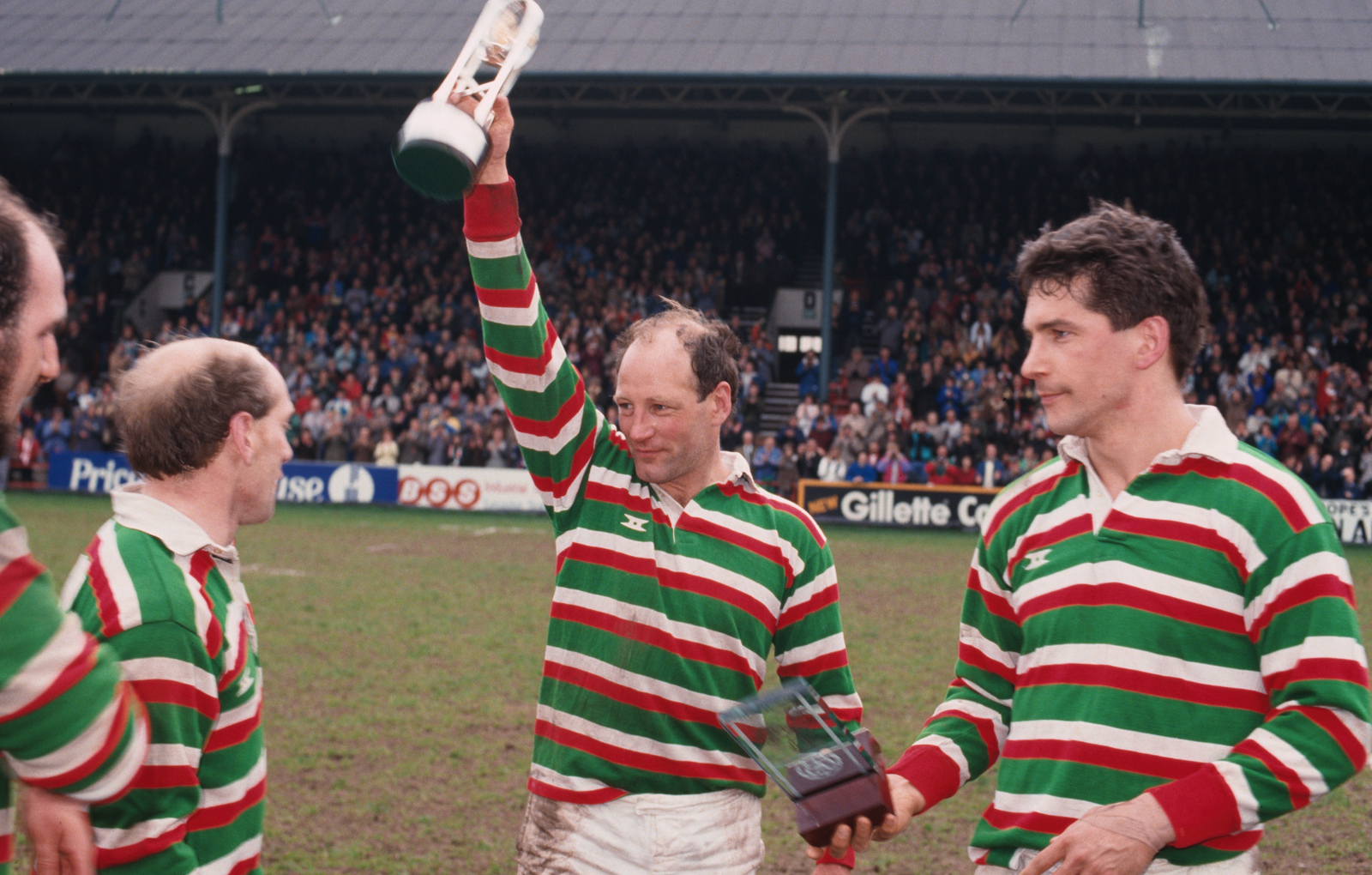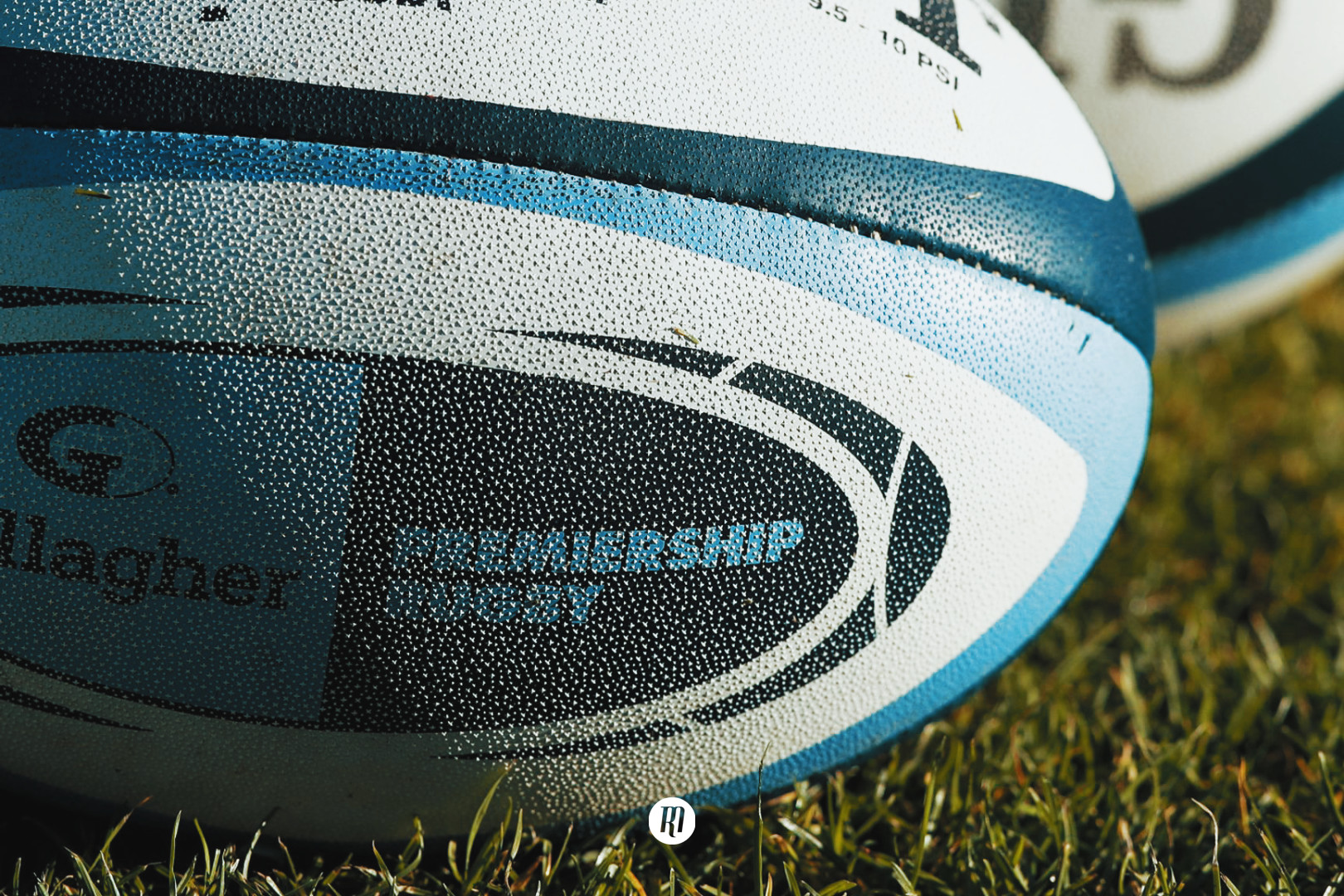The Birth of the English Champion
Before 1987, there was no true national league system in English rugby. The inaugural season of the Courage League National Division 1 would see the very first national English champion crowned - the prize for which Premiership clubs now fight.
Throughout the course of its history, Rugby Union has been defined by its staunch belief that it should remain an amateur game. It was this sentiment that stalled the creation of a domestic league system in English club rugby.
The payment of players had been a contentious issue for the sport since it had split in two; in 1895, the northern clubs of England ceded from the RFU, and Rugby League was born. This impassioned belief that players should not be paid led the RFU to resist calls for a centrally organised league structure. As well as believing an added incentive to win a match would lead clubs to pay their players, they also felt it would bring a rise in violence on the field.
Over time however, more and more structure was introduced, with clubs desiring the ability to compare themselves to one another. Newspapers compiled rankings based on teams’ performance over the course of the season, but with varying difficulties in fixture lists, and no true head to head comparison, these remained little better than estimates.
In 1972, the RFU introduced the RFU Club Competition, a knock out cup, and the precursor to today’s Anglo-Welsh Cup. While this served to stay some of the desire for a league system, it wasn’t long before merit tables were introduced, but these were only regional, the most important of which being the London, North, Midlands and South West.
These changes were having an impact on the game however; the ball was rolling. In 1984, two national merit tables were introduced, and in 1985, a third. In 1987, these tables formed the basis for a national league structure; England’s premier rugby competition was born. In this first season, 12 clubs competed against each other: Bath, Bristol, Coventry, Gloucester, Harlequins, Leicester, Moseley, Nottingham, Orrell, Sale, Wasps and Waterloo.
It was not a league structure as we know it today, however. Clubs were left to organise their own fixtures, the only requirement being that they should play one game against each opponent in the league. Come the end of the season, some teams had played 11 games, others had played 10 (it wasn’t until 1994, alongside the introduction of television coverage, that teams were organised into playing home and away fixtures).
Sponsored by Courage Brewery, the inaugural season of league rugby in England was a success; clubs reported increased crowds, as well as more interest from local business; they also highlighted the improving skills of players as a result of the increased competition. The opening game of the season, on 5th September 1987, saw Nottingham beat Moseley 21 points to 12.
Going into the first season of the English league system, Bath were the team to beat. With Jack Rowell at the helm, and having completed a 4th consecutive John Player Cup victory in the summer of 1987, as well as topping the merit tables, they looked a sure bet to clinch the title at the start of the season. After a home defeat to Waterloo, as well as away to Wasps, Nottingham and Leicester, they finished the season in a disappointing 4th place.
Despite their fixture to Gloucester not being played because of a dispute, and one solitary defeat, Leicester ascended to the top of the table. A 21 points to 3 away win against Moseley took them to the top of the league on the 28th of November, but the league wasn’t secured until they beat Waterloo on the final day of the season in front of a crowd of over 7,000 supporters.
On Easter Monday, 4th April, Leicester won the title; the English champion was born.
In spite of only having played ten fixtures compared to others’ eleven, Leicester won through by one point over Wasps. Wasps would go on to be one of the main challengers of Bath’s hegemony in the early period of the league system, and in fact, they are the only club outside of Leicester and Bath to have won the league in its first ten years.
Leicester on the other hand, could not capitalise on their maiden victory, slipping to 6th in the following season. They have since never in the history of the league placed lower than this. After a period of dominance between 1999 and 2002 that saw them match Bath’s four consecutive championships in a row, they drew level on championship wins with the same club. Further victories in 2007, 2009, 2010 and 2013 have seen them pull away from both Bath and Wasps who remain on 6 titles each, but with the recent resurgence of each club, their domination may not last much longer.
Within ten years of the creation of the National Leagues, rugby would turn professional; the IRB realised that the only way they could keep any hold on the game was to remove the growing shamateurism, that is the illicit and underhand payment of players; how better than to fully professionalise the sport? This would have a profound impact on the way the game was approached and handled, and moving into a business orientated structure saw many casualties.
From the inaugural league, only Nottingham have remained professional, with Coventry, Waterloo, Orrell and Moseley, all moving out of the professional tiers of English Rugby. There have been other casualties since too: West Hartlepool competed in the first season of professional championship rugby, they now play in tier six; London Scottish, Bedford and Richmond have all graced the highest league but continue to struggle in the professional age.
It’s safe to say that rugby has irrevocably changed as a result of professionalism, and it continues to grow across the world, and while international rugby still dominates the headlines, the English Premiership has grown to be one of the flagship domestic tournaments.

Filed under:
Gallagher Premiership, Historical Series, Leicester Tigers
Written by: Edward Kerr
Follow: @edwardrkerr · @therugbymag






